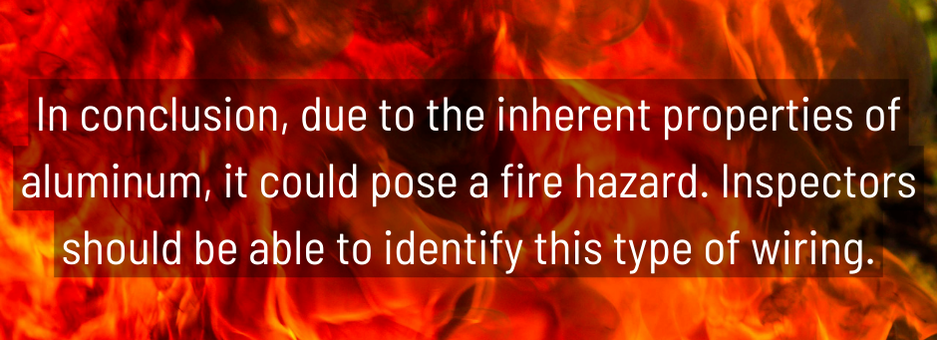
What is an Aluminum Branch Wiring?
This is a type of electrical wiring that uses aluminum electrical conductors which were used in residential construction or houses. Around the late 1800s to early 1990s, utility companies used aluminum wires for electrical transmission in power grids because it has advantages in cost and weight compared to copper wires.
Risks in Houses with Aluminum Branch Wiring:

- Aluminum is less ductile compared to copper so it easily breaks down when being bent. This increases electrical current resistance and this can lead to a buildup of excessive heat.
- When aluminum comes into contact with certain dissimilar metals in the presence of moisture, it will undergo galvanic corrosion.
- Aluminum wire oxidizes more easily than copper wire, and the resulting compound, aluminum oxide, is less conductive than copper oxide. Oxidation can deteriorate connections over time and pose a fire hazard.
What Can You Do To Avoid This?
1. Rewire the house completely with copper wires. Frankly, this is an expensive method and is impractical but this is most effective because this removes all aluminum wiring from the home
2. “Pig-tailing” method. This is being done by splicing a short length of copper wire (pigtail) to the original aluminum wire and then connecting the copper wire to the existing electrical device.
3. Applying Oxidant Paste. This method is appropriate for multi-stranded wires or wires that are too large to be crimped effectively.

